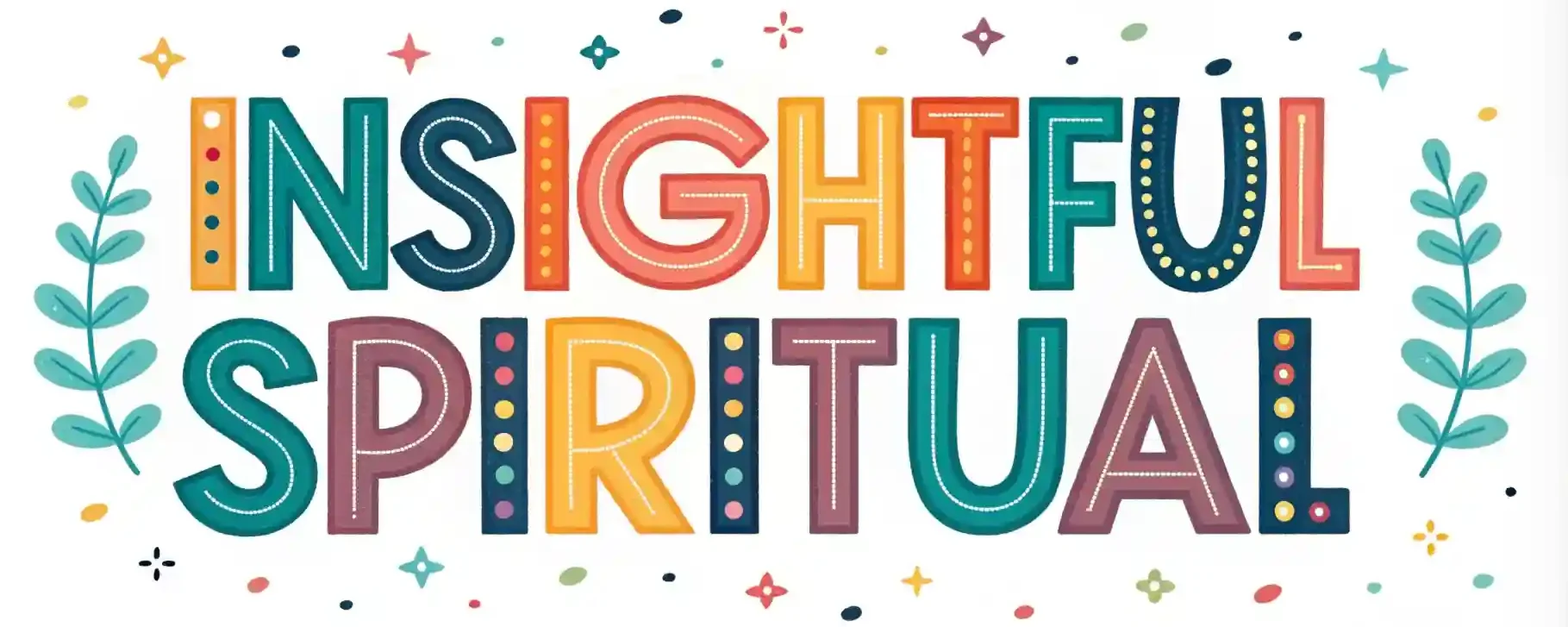Keys Symbolism: Meaning and Historical Insights
Keys have been symbols of trust, access, and power for a long time. They are more than just objects you hold; they can stand for secrets, knowledge, or control. Different cultures and times have given keys many meanings. Over the years, their designs and symbols have changed to match what society values.
Learning about the history of keys helps us understand how people think about safety and control. Keys show how humans have protected what is theirs or gained entry to new places. When you see a key, think about what it might represent—trust, secrecy, or authority.
In short, keys are much more than tools. They hold stories about history, belief, and human nature.
The Cultural Significance of Keys Throughout History
Keys have been important symbols for many years. They aren’t just tools to open doors. Different cultures see keys as symbols of safety, mystery, and hidden knowledge.
In religion, keys often mean spiritual power. For example, in Christianity, Saint Peter is shown holding keys. This shows his role as the one who decides who can go to heaven.
Keys also give a feeling of belonging. People trust the keys because they show access to special places or secrets. Throughout history, keys have connected physical items like doors with spiritual ideas like protection and authority.
Learning about these meanings helps us see how keys have meant more than just locks. They tell stories of power, trust, and spiritual connection across many cultures.
Symbols of Power and Authority in Different Societies
Symbols of power and authority have been important in many societies in history. People use royal signs like crowns, scepters, and banners to show a leader’s status. These symbols send a message that a person has the right to lead.
They also show a connection to divine or higher powers. Many cultures believe that rulers get their power from gods or divine sources. Some societies use special objects or ceremonies to prove a leader’s legitimacy.
Leaders see these symbols as a way to gain respect and loyalty. Whether it’s a crown that shows sovereignty or a sacred object that means divine approval, these symbols help keep social order. They also help show who’s in charge and strengthen the ruler’s authority across different societies.
Keys as a Representation of Knowledge and Secrets
Keys are symbols of knowledge and secrets. When you see a key, it means more than just a tool. It stands for the ability to unlock hidden information. Keys show that you can find out things that are kept secret or locked away. They remind you that learning and discovery come from opening new doors.
Holding a key also means you have trust and responsibility. If you have a key, you can access important information. This can help you grow or succeed. Sharing a key means you’re trustworthy. It helps others gain knowledge too.
Remember, unlocking secrets isn’t just about revealing hidden things. It’s also about helping yourself and others understand more. It’s about gaining insight and reaching new goals.
Keys are powerful symbols. They show that with the right tools, you can discover and unlock more than you think.
Artistic and Literary Depictions of Keys
Have you noticed how artists and writers often use keys as symbols? Keys are more than just objects you use to open doors. In art and stories, they stand for hidden secrets or mysteries. When artists draw keys, they show us that there’s more to discover.
Writers use keys to show when something that was secret is now shown or understood.
Keys can also mean new chances or new ideas. They make us think about what’s inside or what’s behind a locked door. When you see a key in a picture or story, think of it as a tool to find answers.
Keys invite us to look deeper and find something special.
By using keys as symbols, artists and writers connect with feelings we all share. They remind us that exploring, asking questions, and discovering new things is part of being human.
A key can help us believe that there’s always more to learn and see.
The Evolution of Key Designs and Their Meaning
Have you ever thought about why keys come in so many shapes and sizes? Over time, the way keys look has changed a lot. Early keys were simple and easy to use. As lock makers learned more, they started making keys with more complicated shapes. These shapes made it harder for people to steal or open locks without permission.
The design of keys also shows meaning. Old keys often had fancy and detailed shapes. This made them look important and special.
Modern keys focus more on security. They use special shapes to make it difficult for others to pick the lock.
Many keys have decorative tops. Sometimes, these tops show power or membership in a group. As designs changed, keys became symbols of trust and access.
They show who’s permission to enter a room or a house.
Today, keys are more than just tools. They stand for safety, permission, and even tradition. The way keys look tells a story about the time they come from and what they protect.
Modern Interpretations and the Mystique of Keys
Keys have always shown us who can go somewhere. They’re signs of trust and access. Today, keys mean more than just opening doors. They stand for safety, feeling like you belong, and who you are. Modern security systems often use digital keys instead of physical ones. These include keycards or apps on your phone. They make it easier to decide who can enter spaces.
Even with new technology, keys still hold a special place. Many people see them as symbols of new chances or hidden secrets. The idea of opening something valuable or private feels the same as in the past.
As technology changes, so does what keys represent. They stay as symbols of safety, trust, and belonging. Whether in the real world or digital space, keys help us feel secure and connected.
Cultural Variations in Key Symbolism and Beliefs
Across different cultures, keys mean different things. In some places, keys are used in special rituals. They show access to secret or spiritual knowledge. This means they stand for trust and responsibility.
Other cultures see keys as symbols of authority, safety, or new beginnings. People use keys in ceremonies to mark important moments. For example, giving someone a key can mean welcoming them or giving permission.
Keys are often used in rituals to show important changes or to protect sacred places. These uses help people understand the deeper meaning of keys.
Knowing how cultures see keys helps us appreciate different beliefs. It also shows how keys are more than just objects. They’re powerful symbols that hold special meaning in many traditions.
Sharing this helps us connect and respect different ways people understand the world.
FAQs
How Have Keys Influenced Architectural Design and Security Technology?
Keys have played a big role in how buildings are designed and how security works. They inspired new types of lock systems that are more secure and easier to use. Keys also show symbols of power and trust in buildings, like castles or gates. This makes people feel safe and connected to a space. Throughout history, keys have represented belonging and protection. They are more than just tools; they are symbols that make places feel secure and special.
What Are Some Lesser-Known Cultural Myths Involving Keys?
There are some little-known myths about keys. These stories talk about secret doorways that hide lost treasures and ancient secrets. Some stories say keys open hidden paths that lead to mysterious places. Others believe keys can bring a feeling of belonging or help find true friends. These myths connect us to hidden worlds from long ago. They make us curious and ready for adventure. These stories remind us that keys are more than just tools. They can be symbols of discovery and wonder.
Are There Specific Symbols Associated With Keys in Astrology or Mysticism?
Yes, in astrology and mysticism, keys are often linked to specific symbols. These symbols can include actual keys, lock and key images, or even shapes like circles and crosses. They stand for ideas like opening doors, discovering secrets, and gaining hidden knowledge. Keys also symbolize new beginnings and the power to unlock potential. When you see these symbols, they often suggest that something important or mysterious is about to be revealed. Overall, keys as symbols remind us of the possibility to explore, learn, and unlock new opportunities in life.
How Do Keys Symbolize Transition or Transformation in Different Religions?
Keys stand for change and new beginnings. In many religions, a key shows passing through a door into a new place. It can mean entering a new spiritual level or understanding. People see a key as a symbol of leaving old ways and starting fresh. Holding or giving a key reminds us of moving forward. It helps us feel connected to our spiritual community. Using keys as symbols helps us see our own journey of change more clearly.
Can Keys Represent Personal Identity or Individual Destiny?
Keys can represent personal identity or individual destiny. They show your unique path and secrets inside. When you see a key, it can remind you of your own story. Keys help you feel connected and like you belong. They open doors to your potential and the purpose that makes you who you are.

Hi, I’m Aurelia Starfrost, your spiritual guide at InsightfulSpiritual.com. I love exploring ancient wisdom and modern practices to help you on your journey. With a focus on meditation and energy healing, I’m here to guide you to find solace within and discover your spiritual essence.







